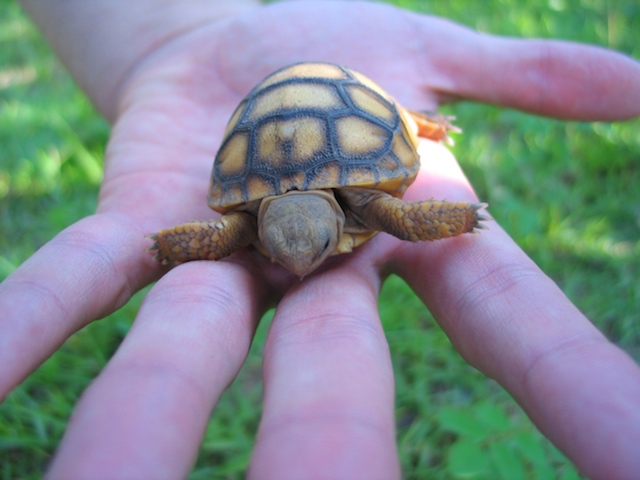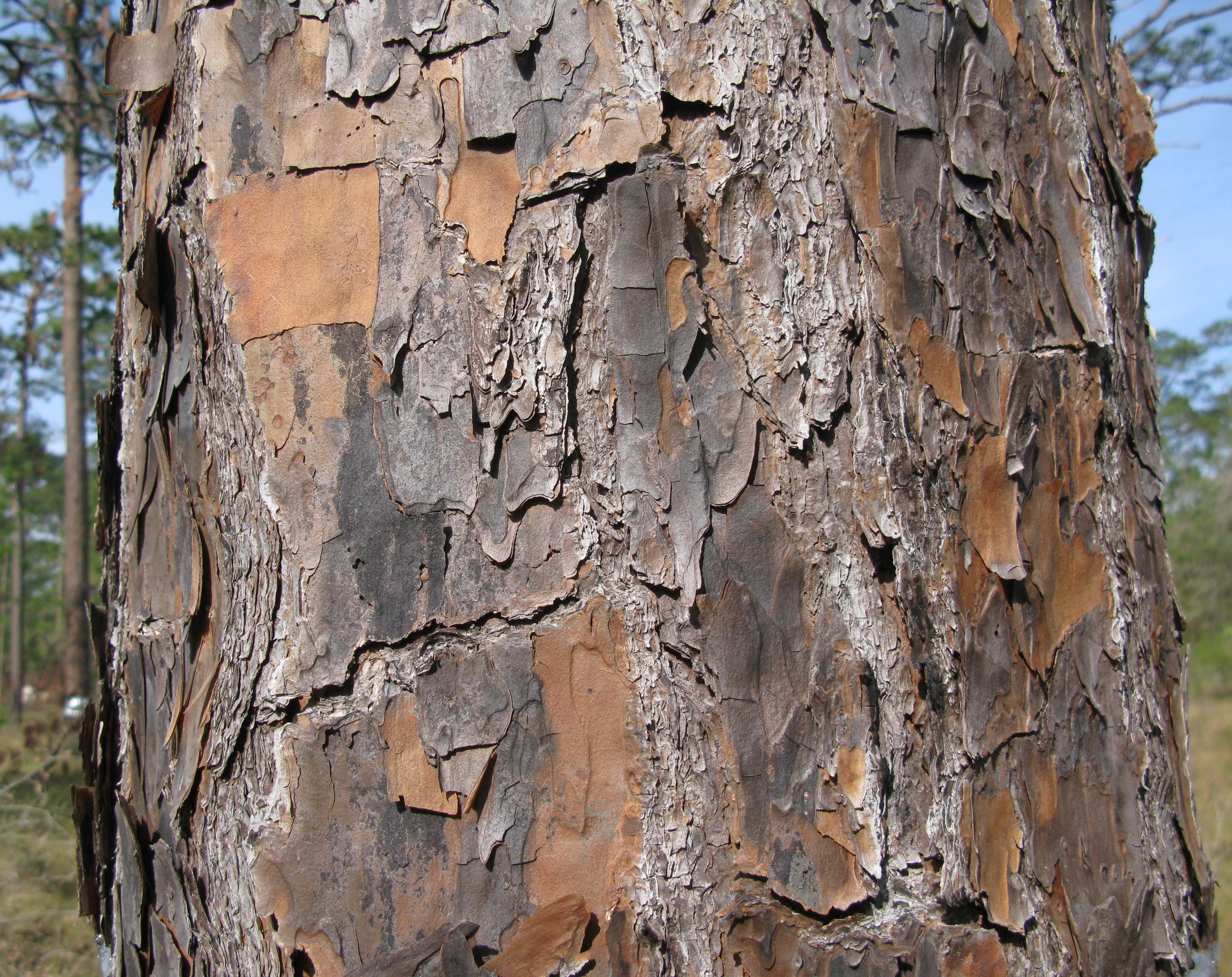|
Gopher Farm Sandhill
Gopher Farm sandhill is a sand formation in southwestern Wayne County, Mississippi. It lies in the DeSoto National Forest and is tended by a staff of rangers. The sandy soil, largely mapped as Wadley series, harbors a population of gopher tortoises. Forested areas are dominated by longleaf pine and turkey oak Turkey oak is a common name for several species of oaks and may refer to: *''Quercus cerris'', native to southeastern Europe and Asia Minor *''Quercus laevis ''Quercus laevis'', the turkey oak, is a member of the red oak group of oaks. It is nat .... References Landforms of Mississippi Geology of Mississippi Hills of the United States De Soto National Forest Protected areas of Wayne County, Mississippi {{DeSotoCountyMS-geo-stub ... [...More Info...] [...Related Items...] OR: [Wikipedia] [Google] [Baidu] |
Wayne County, Mississippi
Wayne County is a county located in the U.S. state of Mississippi. As of the 2010 census, the population was 20,747. Its county seat is Waynesboro. The county is named for General Anthony Wayne. Geography According to the U.S. Census Bureau, the county has a total area of , of which is land and (0.3%) is water. It is the fifth-largest county in Mississippi by land area. Major highways * U.S. Highway 45 * U.S. Highway 84 * Mississippi Highway 63 Adjacent counties * Clarke County (north) * Choctaw County, Alabama (northeast) * Washington County, Alabama (southeast) * Greene County (south) * Perry County (southwest) * Jones County (west) * Jasper County (northwest) National protected area * De Soto National Forest (part) Demographics 2020 census As of the 2020 United States Census, there were 19,779 people, 7,683 households, and 5,390 families residing in the county. 2000 census As of the census of 2000, there were 21,216 people, 7,857 households, and 5,853 fam ... [...More Info...] [...Related Items...] OR: [Wikipedia] [Google] [Baidu] |
DeSoto National Forest
De Soto National Forest, named for 16th-century Spanish explorer Hernando de Soto, is of pine forests in southern Mississippi. It is one of the most important protected areas for the biological diversity of the Gulf Coast ecoregion of North America. It is a nationally important site for protection of longleaf pine savannas, pine flatwoods, and longleaf pine forests. More than 90 percent of this ecosystem type has been lost in the United States. The wet pine savannas support rare and endangered plant and animal species, such as the orchid ''Calopogon multiflorus'', gopher frogs, and gopher tortoises. These habitats also have numerous carnivorous plants, particularly pitcher plants; Buttercup Flats has an international reputation in this regard.Clark, M.A., J. Siegrist and P.A. Keddy. 2008. "Patterns of frequency in species-rich vegetation in pine savannas: effects of soil moisture and scale". ''Ecoscience'' 15: 529-535. This national forest also offers year-round opportunities ... [...More Info...] [...Related Items...] OR: [Wikipedia] [Google] [Baidu] |
Park Ranger
A ranger, park ranger, park warden, or forest ranger is a law enforcement person entrusted with protecting and preserving parklands – national, state, provincial, or local parks. Description "Parks" may be broadly defined by some systems in this context, and include protected culturally or historically important built environments, and is not limited to the natural environment. Different countries use different names for the position. ''Warden'' is the favored term in Canada, Ireland, and the United Kingdom. Within the United States, the National Park Service refers to the position as a park ranger. The U.S. Forest Service refers to the position as a forest ranger. Other countries use the term ''park warden'' or ''game warden'' to describe this occupation. The profession includes a number of disciplines and specializations, and park rangers are often required to be proficient in more than one. They take care of national parks. History In medieval England, rangers, originally c ... [...More Info...] [...Related Items...] OR: [Wikipedia] [Google] [Baidu] |
Gopherus Polyphemus
The gopher tortoise (''Gopherus polyphemus'') is a species of tortoise in the family Testudinidae. The species is native to the southeastern United States. The gopher tortoise is seen as a keystone species because it digs burrows that provide shelter for at least 360 other animal species. ''G. polyphemus'' is threatened by predation and habitat destruction. The gopher tortoise is a representative of the genus ''Gopherus'', which contains the only tortoises native to North America. The gopher tortoise is the state reptile of Georgia and the state tortoise of Florida. Etymology The specific name, ''polyphemus'', refers to the cave-dwelling giant, Polyphemus, of Greek mythology. Gopher tortoises are so named because of some species' habit of digging large, deep burrows like the gopher. Description The gopher tortoise is a fairly large terrestrial reptile which possesses forefeet well adapted for burrowing, and elephantine hind feet. These features are common to most tortoises ... [...More Info...] [...Related Items...] OR: [Wikipedia] [Google] [Baidu] |
Pinus Palustris
The longleaf pine (''Pinus palustris'') is a pine species native to the Southeastern United States, found along the coastal plain from East Texas to southern Virginia, extending into northern and central Florida. In this area it is also known as "yellow pine" or "long leaf yellow pine", although it is properly just one out of a number of species termed yellow pine. It reaches a height of and a diameter of . In the past, before extensive logging, they reportedly grew to with a diameter of . The tree is a cultural symbol of the Southern United States, being the official state tree of Alabama. Contrary to popular belief, this particular species of pine is not officially the state tree of North Carolina. Description The bark is thick, reddish-brown, and scaly. The leaves are dark green and needle-like, and occur in bundles of mainly three, sometimes two or four, especially in seedlings. They often are twisted and in length. A local race of ''P. palustris'' in a cove near Rocki ... [...More Info...] [...Related Items...] OR: [Wikipedia] [Google] [Baidu] |
Quercus Laevis
''Quercus laevis'', the turkey oak, is a member of the red oak group of oaks. It is native to the southeastern United States. The name turkey oak derives from the resemblance of the leaves to a turkey's foot. A Turkish and southern European species ''Quercus cerris'' is also commonly referred to as Turkey oak, so ''Quercus laevis'' is sometimes referred to as American turkey oak to distinguish it from the European species. Description ''Quercus laevis'' is a small tree, sometimes shrubby, typically only tall, though occasionally reaching . The leaves are variable in size, mostly long but occasionally just or as much as long. They have 3–7 slender lobes, deeply incised between the lobes, each lobe with 1–3 bristle teeth at the tip. The leaves turn red in Autumn. The acorns are about long, and, like other red oaks, take 18 months to mature. Distribution and habitat Turkey oak occurs on the coastal plain from Virginia south to central Florida, and west to southeast ... [...More Info...] [...Related Items...] OR: [Wikipedia] [Google] [Baidu] |
Castanea (journal)
''Castanea, The Journal of the Southern Appalachian Botanical Society'', is a biannual, peer-reviewed scientific journal published by the Southern Appalachian Botanical Society. It was established in 1936 and covers the botany of the eastern United States, in particular systematics, floristics, ecology, physiology, and biochemistry. The journal name ''Castanea'' comes from the genus of chestnuts that were fresh in the minds of the founders of the society when the journal was established; the chestnut blight ravaged the American Chestnut, '' Castanea dentata'', in the early part of the twentieth century and drastically changed the plant communities of the Appalachians. According to the ''Journal Citation Reports'', the journal has a 2021 impact factor of 0.255. Over the years 2006–2021, the impact factor has ranged from 0.255 to 0.7, with an average of about 0.35. List of editors * Earl Lemley Core Earl Lemley Core (January 20, 1902 – December 8, 1984) was a botanist and ... [...More Info...] [...Related Items...] OR: [Wikipedia] [Google] [Baidu] |
Landforms Of Mississippi
A landform is a natural or anthropogenic land feature on the solid surface of the Earth or other planetary body. Landforms together make up a given terrain, and their arrangement in the landscape is known as topography. Landforms include hills, mountains, canyons, and valleys, as well as shoreline features such as bays, peninsulas, and seas, including submerged features such as mid-ocean ridges, volcanoes, and the great ocean basins. Physical characteristics Landforms are categorized by characteristic physical attributes such as elevation, slope, orientation, stratification, rock exposure and soil type. Gross physical features or landforms include intuitive elements such as berms, mounds, hills, ridges, cliffs, valleys, rivers, peninsulas, volcanoes, and numerous other structural and size-scaled (e.g. ponds vs. lakes, hills vs. mountains) elements including various kinds of inland and oceanic waterbodies and sub-surface features. Mountains, hills, plateaux, and plains are t ... [...More Info...] [...Related Items...] OR: [Wikipedia] [Google] [Baidu] |
Geology Of Mississippi
The geology of Mississippi includes some deep igneous and metamorphic crystalline basement rocks from the Precambrian known only from boreholes in the north, as well as sedimentary sequences from the Paleozoic. The region long experienced shallow marine conditions during the tectonic evolutions of the Mesozoic and Cenozoic, as coastal plain sediments accumulated up to 45,000 feet thick, including limestone, dolomite, marl, anhydrite and sandstone layers, with some oil and gas occurrences and the remnants of Cretaceous volcanic activity in some locations. Geologic History, Stratigraphy & Tectonics The Black Warrior Basin was the southern margin of the proto-North American continent Laurentia. Precambrian rocks have only been found in a few boreholes in the north of the state, including microperthite granite and a syenite sample dated to 785 million years ago in the Proterozoic. The oldest documented basement granites are 790 million years old and researches Thomas and Osborne, in 19 ... [...More Info...] [...Related Items...] OR: [Wikipedia] [Google] [Baidu] |
Hills Of The United States
A hill is a landform that extends above the surrounding terrain. It often has a distinct summit. Terminology The distinction between a hill and a mountain is unclear and largely subjective, but a hill is universally considered to be not as tall, or as steep as a mountain. Geographers historically regarded mountains as hills greater than above sea level, which formed the basis of the plot of the 1995 film ''The Englishman who Went up a Hill but Came down a Mountain''. In contrast, hillwalkers have tended to regard mountains as peaks above sea level. The ''Oxford English Dictionary'' also suggests a limit of and Whittow states "Some authorities regard eminences above as mountains, those below being referred to as hills." Today, a mountain is usually defined in the UK and Ireland as any summit at least high, while the official UK government's definition of a mountain is a summit of or higher. Some definitions include a topographical prominence requirement, typically o ... [...More Info...] [...Related Items...] OR: [Wikipedia] [Google] [Baidu] |
De Soto National Forest
De Soto National Forest, named for 16th-century Spanish explorer Hernando de Soto, is of pine forests in southern Mississippi. It is one of the most important protected areas for the biological diversity of the Gulf Coast ecoregion of North America. It is a nationally important site for protection of longleaf pine savannas, pine flatwoods, and longleaf pine forests. More than 90 percent of this ecosystem type has been lost in the United States. The wet pine savannas support rare and endangered plant and animal species, such as the orchid ''Calopogon multiflorus'', gopher frogs, and gopher tortoises. These habitats also have numerous carnivorous plants, particularly pitcher plants; Buttercup Flats has an international reputation in this regard.Clark, M.A., J. Siegrist and P.A. Keddy. 2008. "Patterns of frequency in species-rich vegetation in pine savannas: effects of soil moisture and scale". ''Ecoscience'' 15: 529-535. This national forest also offers year-round opportunit ... [...More Info...] [...Related Items...] OR: [Wikipedia] [Google] [Baidu] |




.jpg)

